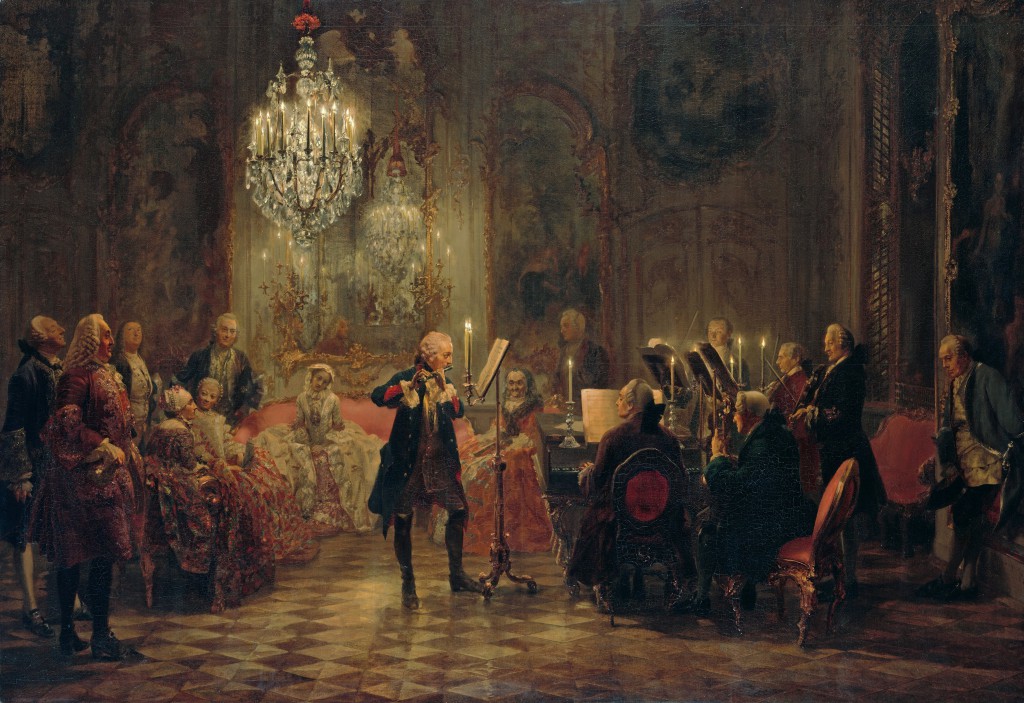
The program that Theresia will perform in Toblach and Bozen is entirely devoted to two of the most important composers of the late eighteenth century: Carl Philipp Emanuel Bach and Luigi Boccherini. Musical storiography and also performers have often considered them as less important composers. But the truth is that, despite a certain isolation, both of them had a great influence, each one in his own way, on composers of the following generation. The concise G major Symphony Wq80 that Theresia will perform first was composed by Bach in Zittau in 1758. It is a very successful example of Bach’s symphonic style: we found masterfully melted structural elements (the three movements are linked and are supposed to be performed seamlessly) and narrative elements, that are enlighted by the “enpfindsam” nature of the musical style.
E flat major Concert Wq47 is the last instrumental composition by Carl Philipp Emanuel Bach: he composed it when he was 74, in the last year of his life (1788). This concert is undoubtfully the most famous composition written for both harpsichord and fortepiano, two instruments that, in the modern thought, appear to be like competitors and chronologically distant: but as a matter of fact, they coexisted in concert halls till the beginning of XIX century. Mozart himself performed his concerts with harpsichord in the mid-eighties while, in the same years, performing with fortepiano or harpsichord was immaterial. Bach’s musical writing demonstrates this claim, because language is the same for both: fortepiano and harpsichord converse with each other using the same texture and the same frames, without departing from a thread that focuses on the musical meaning, and deliberately leaving aside the dualism between harpsichord and fortepiano.
Boccherini’s late symphonic production is well represented by concise D major Ouverture (1790), one of the most celebrated works for orchestra, and by enchanting D major Symphony nr. 27 G520, written for Prussian King Wilhelm II in 1789. This very composition is a work of great interest with both structural and narrative elements modern and experimental, mostly in the last movement (Presto). The symphonic idea is here very close to an advanced concept, like the contemporary Viennese symphonic style of Mozart and Haydn.


